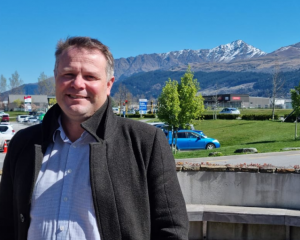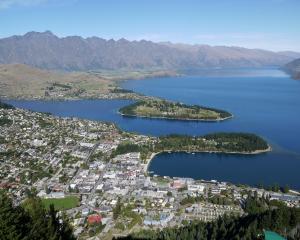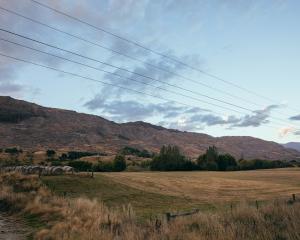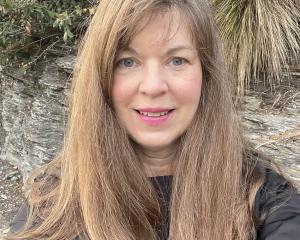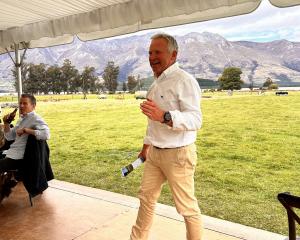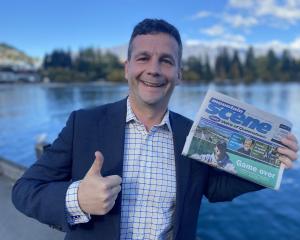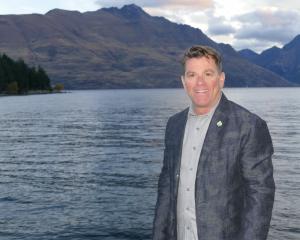The south Hawea Flat land being cultivated is within a 590ha area surveyed in the mid-1980s as a recommended area for protection under the Department of Conservation's protected natural area programme.
The land is still considered by Doc to be one of the ''most important remnants of dryland vegetation'' in the Upper Clutha Valley and contains two threatened species, two declining species and four ''naturally uncommon'' species.
Wanaka landscape architect and Forest and Bird Society Central Otago-Lakes branch member Anne Steven said the area contained ''really important indigenous biodiversity - naturally rare ecosystems and national priority 1, 3 and 4 lands''.
Landcare Research researcher Dr Susan Walker, of Dunedin, said her understanding of Queenstown Lakes District Council rules was that the landowner could not remove indigenous vegetation without resource consent.
''The site clearly meets criteria of the [council] rule and resource consent will be required for clearance of the indigenous vegetation,'' Dr Walker said.

